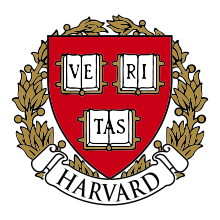As he neared the end of his life, Jorge Luis Borges (1899 – 1986) offered his thoughts on the “task of art,” essentially distilling 80+ years of wisdom into a few pithy lines. He says:
The task of art is to transform what is continuously happening to us, to transform all these things into symbols, into music, into something which can last in man’s memory. That is our duty. If we don’t fulfill it, we feel unhappy. A writer or any artist has the sometimes joyful duty to transform all that into symbols. These symbols could be colors, forms or sounds. For a poet, the symbols are sounds and also words, fables, stories, poetry. The work of a poet never ends. It has nothing to do with working hours. Your are continuously receiving things from the external world. These must be transformed, and eventually will be transformed. This revelation can appear anytime. A poet never rests. He’s always working, even when he dreams. Besides, the life of a writer, is a lonely one. You think you are alone, and as the years go by, if the stars are on your side, you may discover that you are at the center of a vast circle of invisible friends whom you will never get to know but who love you. And that is an immense reward.
Thanks to Matthew for sending this clip along. Also, on a related note, let me remind you of the documentary we highlighted earlier this year. Jorge Luis Borges: The Mirror Man, a film that’s “part biography, part literary criticism, part hero-worship, part book reading, and part psychology.”
If you would like to sign up for Open Culture’s free email newsletter, please find it here. It’s a great way to see our new posts, all bundled in one email, each day.
If you would like to support the mission of Open Culture, consider making a donation to our site. It’s hard to rely 100% on ads, and your contributions will help us continue providing the best free cultural and educational materials to learners everywhere. You can contribute through PayPal, Patreon, and Venmo (@openculture). Thanks!
via Maud Newton
Related Content
Hear Jorge Luis Borges Read 30 of His Poems (in the Original Spanish)
Hear the Enchanting Jorge Luis Borges Read “The Art of Poetry”
Jorge Luis Borges’ 1967–8 Norton Lectures On Poetry (And Everything Else Literary)
Borges Explains The Task of Art
What Does Jorge Luis Borges’ “Library of Babel” Look Like? An Accurate Illustration Created with 3D Modeling Software


